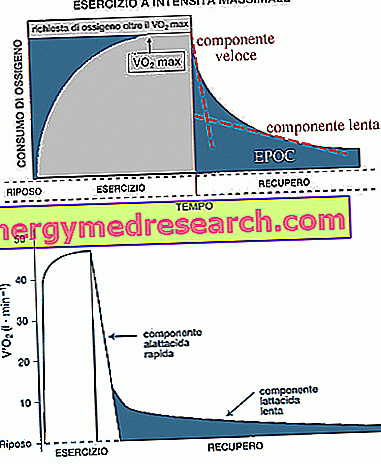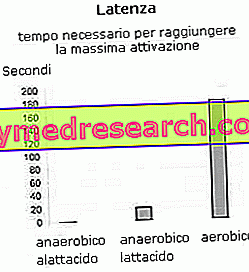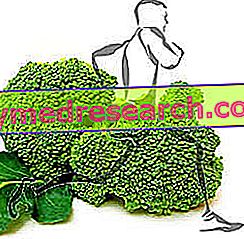At the end of a physical exercise the metabolic activities do not immediately return to their level of rest but they need a more or less long time depending on the intensity of exercise. This period in which oxygen consumption exceeds the basal values was studied for the first time by Nobel laureate Archibald Vivian Hill, who introduced the concept of oxygen debt for the first time. Th
Category physiology of training
Edited by Francesco Calise Many of us use this term every day in the most diverse fields and applications. It is obvious what an individual wants to represent when he states that an athlete rather than a car or any other type of machinery is more or less powerful. In reality this term expresses a rigorous mechanical concept from which obviously the man machine cannot ignore either, with all the implications that we will see on energy metabolisms
Resistance is the physical capacity that allows you to sustain a certain effort for as long as possible. This ability reflects the efficiency of the energy systems involved in the execution of the motor gesture; to be performed, in fact, any movement requires a certain amount of ATP (energy currency of the organism) distributed over a certain period of time
AEROBIC RESISTANCE Aerobic effort requires optimization of transport and use of oxygen; this gas is in fact exploited by the cells to oxidize the energy substrates (such as carbohydrates and lipids) and produce ATP. Aerobic metabolism is the main energy production route, but has the major limitation of taking time to reach full activation (about a couple of minutes); the maximum amount of energy produced per unit of time is also limited (20 Kcal / minute approx
By Dr. Danilo Bondi In recent decades, the panorama of studies on the relationships between oxidative stress, wellness and sports performance has considerably expanded; before analyzing some aspects of this field it is however necessary to begin with two necessary explanatory premises. The first concerns the definition of oxidative stress as an "imbalance between oxidants and antioxidants in favor of the former, capable of damaging the organism": it is now reductive, as it does not take into account the complexity of the relations in a dynamic system such as that of redox biology
By Dr. Nicola Sacchi - Author of the book: Drugs and doping in sport - A recent and very lively discussion about my last article on the tabata protocol, born on the forum of this site, gave me the opportunity to write this new text concerning the difference between science and training theory . Sports training consists of a sequence of exercises designed to improve certain physical capacities of the body
Edited by Roberto Rillo - Book Author: Calisthenics BodyBuilding Why do the muscles swell? Instead of giving another of the already numerous scientific explanations related to myofibrils, sarcomeres, type IIb fibers, which wrongly, but unfortunately, bore most people, I will try to explain this important aspect using a simple and immediate system: l visual experience and deductive logic
At the end of a physical exercise the metabolic activities do not immediately return to their level of rest but they need a more or less long time depending on the intensity of exercise. This period in which oxygen consumption exceeds the basal values was studied for the first time by Nobel laureate Archibald Vivian Hill, who introduced the concept of oxygen debt for the first time. Th
During prolonged physical exercise, the plasma values of BCAAs (because they are used for energy purposes) and glutamine (because used to neutralize hyperammonaemia) decrease and the plasma value of aromatic amino acids, including tryptophan, increases. Tryptophan (TRP) is an essential amino acid and is the precursor of serotonin, a brain neurotransmitter. Tr
Curated by Luigi Ferritto (1), Walter Ferritto (2), Gianfranco Scotto Di Frega (3) In recent decades sports culture has undergone significant changes. Competitive athletes with important ambitions, in fact, follow rigorous training cards for the preparation, which include daily sessions of several hours and which lead to various adaptations both to the skeletal muscles, to the cardiovascular system and to the load of the respiratory system: the very changes that occur on the latter begin to be known as " Athlete's Lung "
Changes in plasma concentrations of the main hormones and energy substrates during a marathon where 1 MIGLIO = 1609 METERS INSULIN: insulin is a protein hormone responsible for lowering blood glucose levels (hypoglycemic action). Insulin stimulates tissue glucose intake. The levels of this hormone begin to fall already from the first kilometers of the race









